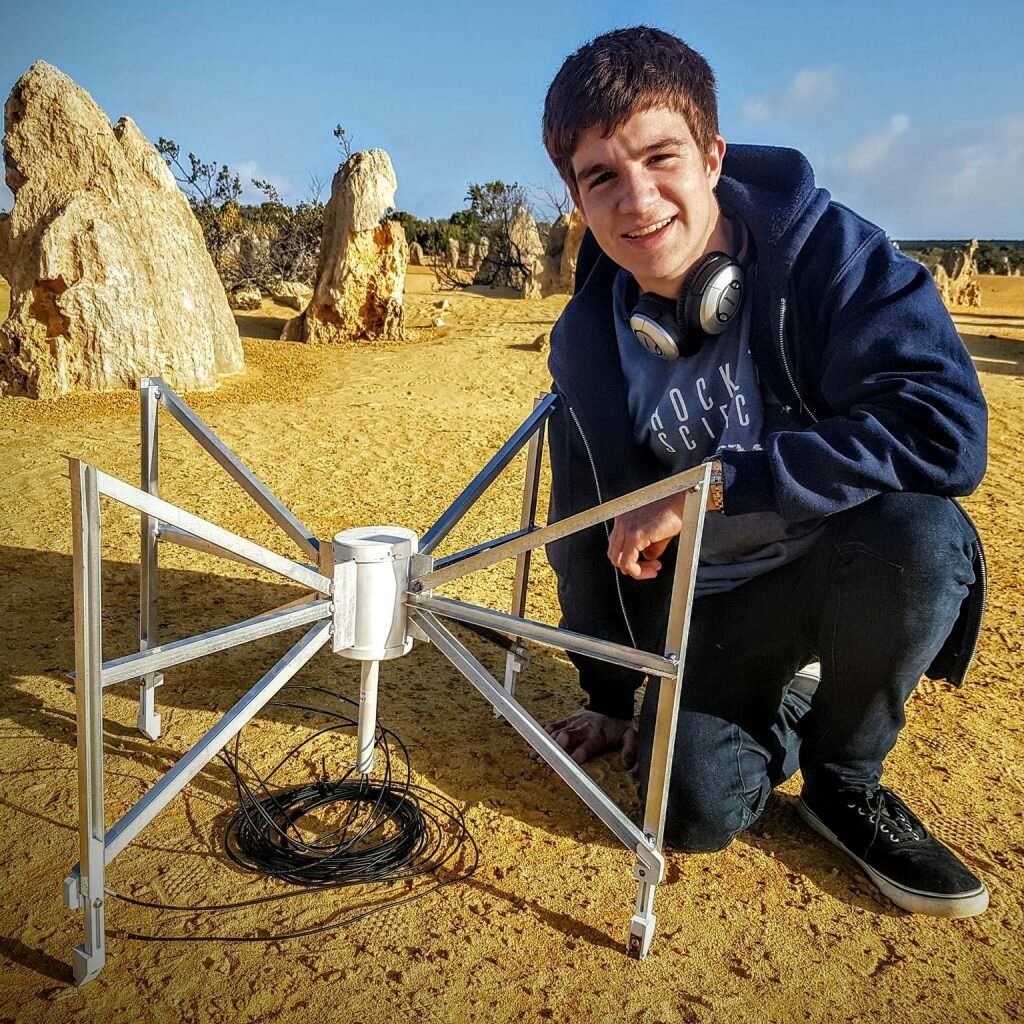Last updated November 7, 2017 at 3:23 pm
One of the biggest announcements at the recent International Astronautical Congress in Adelaide was the establishment of an Australian space agency. Youtuber and university student James Dingley was in the audience, but it made him wonder why it took until now for us to take our place in the space race.
On the morning of September 25 the Australian Government announced the creation of the Australian Space Agency. It’s an exciting time for Australia, with the potential for far-reaching benefits for the country. But why did it take so long to get one in the first place?
What a lot of people might not realise, is that Australia used to have a space agency. We’ve always been an integral part of the international space scene, but then we decided to pull back.
One of the benefits of Australia is that we have a lot of space; that’s helped us out on two fronts.
First, in the early years of rocketry we were pretty bad at getting them to work. ‘Rapid unscheduled disassembly’ was to be expected, as was veering wildly off course. South Australia’s massive Woomera Rocket range far from people was perfect for the job. Access to British technology made us the third country to launch a satellite into space from our own territory. With that hub established we became a key part of many European launches. Eventually with the foundation of the European Space Agency the sites’ function has shifted to testing experimental rockets, but the launch pads are still ready for the next round of space missions.Second, lots of space means lots of room for sensitive telescopes. Without interference from cities, we can produce some of the best radio observations of the sky. Immortalised in the 2000 movie, “The Dish”, we’ve been talking to deep space missions since the Apollo era.
With the loss of direct foreign involvement in space beyond access to these telescopes, Australia did briefly have a space agency with a goal to promote the development of space technologies. Unfortunately, its $4 million a year price tag was too expensive and it was abandoned in 1996. Until now.
Australia’s new agency might not be the next NASA, but perhaps it can be something better.
There’s just no point trying to compete with NASA’s 60 years of experience and $18 billion budget. Australia needs to take a look at what we’re good at and focus on those areas. And that means two things; big telescopes and bigger mines.
Western Australia is hosting a major piece of the Square Kilometre Array; a collection of radio telescopes which together will give us a more detailed view of the heavens as seen through this low-energy part of the electromagnetic spectrum. Radio waves are produced by pulsars and other natural sources; but are also one of the main forms of human communication. If aliens are listening to radio or watching TV then we have a good shot of finding them with this new telescope.
Our other telescopes, such as Canberra’s Deep Space Communication Complex, are essential to talk to spacecraft as they fly over the southern hemisphere. This could let us play a bigger role in global space missions as we download all that sweet science data.
Looking further down the line we can expand into the next great frontier of space: mining stuff. NASA have announced a mission to 16 Psyche; an asteroid with enough gold and platinum that, if it was returned to Earth, its $14 000 quadrillion value would crash the global economy (valued at ‘just’ $100 trillion).
Asteroid mining has a massive economic potential, and is an essential fist step to colonising the solar system.
We’ve come a long way, but Australian space has never been more exciting. The new space agency will become the catalyst for a whole new era of innovation in Australia, with benefits not only in space, but also here on Earth. And that can only be a good thing.
Now more than ever, Keep Looking Up.
Follow us on Facebook, Twitter and Instagram to get all the latest science.

































































































































































































































































